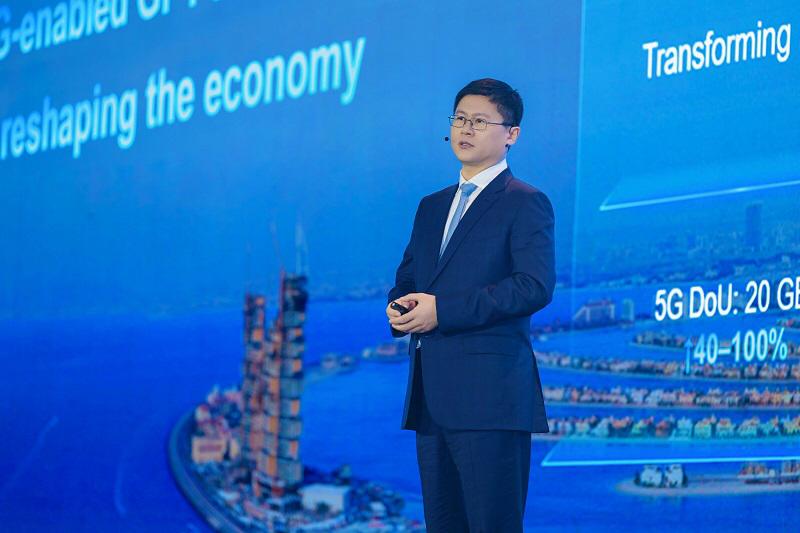Huawei’s Li Peng Unveils Vision for 5.5G and Future Trends at Global Mobile Broadband Forum
Huawei launched the 14th Global Mobile Broadband Forum in Dubai with a keynote address by Li Peng, Huawei’s Corporate Senior Vice President and President of the Carrier BG.
Li Peng urged global carriers and industry partners to address growing network demands and seize future trends, emphasizing the need to build networks for future services and unlock 5G’s potential.
He outlined that the industry is already on a path towards 5G business success, with 5G-Advanced (5G-A) as the natural evolution of 5G.
Li Peng stressed that innovation in general-purpose technologies has historically driven major economic transformations, and in the digital age, the Internet powers the digital economy, with 5G playing a critical role in this transformation.
To meet future mobile network requirements, Li Peng identified six key features, including high-speed data capabilities and native AI capabilities.
He emphasized the importance of continuous enhancement in three core usage scenarios (eMBB, mMTC, URLLC) and the development of three new capabilities, including Uplink Centric Broadband Communication (UCBC) and Real-Time Broadband Communication (RTBC).
Regarding 5G-Advanced, Li Peng called for industry collaboration to promote device and application ecosystems, validate use cases, and accelerate commercialization.
Li Peng’s insights into the digital future reveal five transformative trends. First, the glasses-free 3D industry is rapidly advancing, fueled by innovations like cloud rendering and real-time 3D virtual humans.
This progress promises to elevate immersive experiences, with an increasing array of devices, including mobile phones and TVs, poised to support glasses-free 3D. Such adoption could potentially drive a tenfold increase in data traffic compared to conventional 2D video.
Secondly, Li Peng anticipates the imminent era of self-guided vehicles, with a projected 500 million smart vehicles on the road by 2025.
To enable these vehicles effectively, robust high-bandwidth, low-latency networks are imperative for real-time data exchange, particularly in scenarios involving assisted and self-driving capabilities.
Additionally, Li Peng highlighted Huawei’s pioneering collaboration with industry partners in establishing the industry’s inaugural 5G-Advanced flexible trial production line.
This initiative aims to address the heightened demands on 5G networks within adaptable manufacturing settings.
Moreover, the role of 5G in facilitating Generalized Cellular IoT was emphasized, promising enhanced data flow and productivity across diverse industries, including home appliance manufacturing.
Lastly, Li Peng emphasized the explosive growth expected in demand for AI computing power, set to surge 100-fold by 2025. Realizing this potential will necessitate advanced network capabilities, encompassing larger bandwidth and lower latency, to underpin intelligent connectivity, enabling seamless AI integration into our daily lives.
These trends collectively offer a glimpse into a technology-driven future rich in connectivity and innovation.
Li Peng’s insights underscored Huawei’s commitment to driving technological progress and shaping a more connected and intelligent world.



